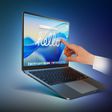Apple made a significant change to its online presence today, merging its Apple.com website with its once-separate online store, to create one main website. There is no longer a standalone store.apple.com website that is used for making purchases, and the "Store" tab that was once at the top of Apple.com has been removed.

Instead, there's a universal shopping bag icon that displays products in the shopping cart, past order information, account details, and favorites. Purchasing an item is now done by clicking the "Buy" button on each individual product page, which links to the same purchasing menus that were present in the online store.
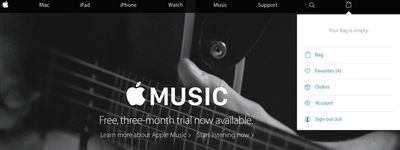
Apple's main site includes direct links to Mac, iPad, iPhone, Watch, Music, and Support. Despite the major integration, Apple's main site is largely unchanged, as are the product pages. Locating accessories is somewhat more difficult, however, with the removal of the central store site and the lack of dedicated store sections. Accessing accessories is largely done by visiting the main product sections and clicking on banners like "Accessories for Apple Watch" and "Accessories for iPhone."
Apple's integrated online store streamlines the shopping experience. Instead of viewing information about a product on the main site and then having to click over to the store, everything is now done in the same place.
In a statement given to TechCrunch, an Apple spokesperson said the change was done in an effort to create a simpler site for customers to learn about and shop for products.
"We redesigned Apple.com knowing that our customers want to explore, research and shop in one place," said an Apple spokesperson in a statement. "The new Apple.com takes the very best of our existing site and our online store to give customers one simple destination to learn and buy without navigating between two different sites. We've also improved several of the site's features to make shopping easier than ever for our customers."
The changes to the Apple.com site were made this afternoon and are live in the United States and several additional countries.


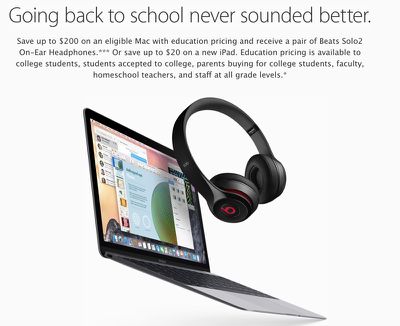
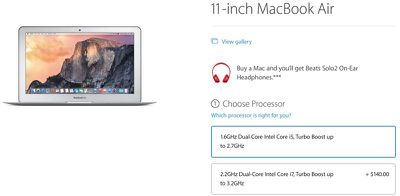
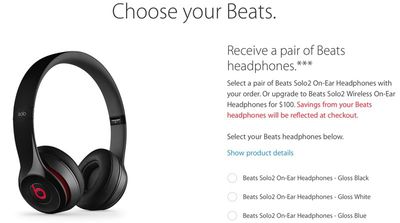
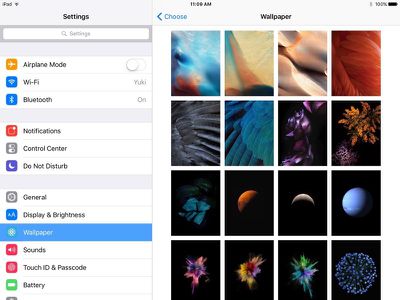
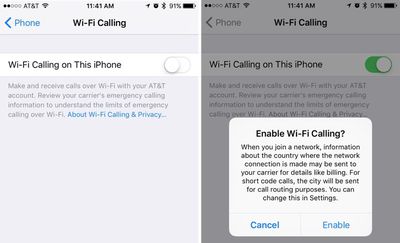

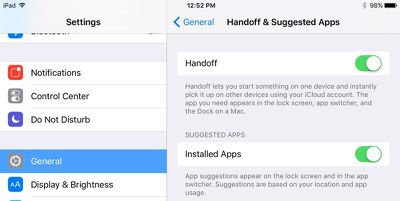
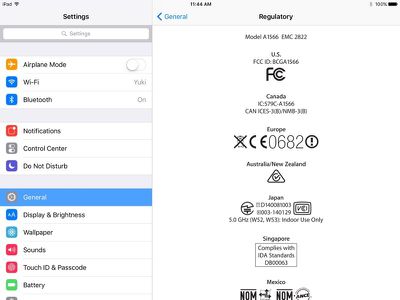
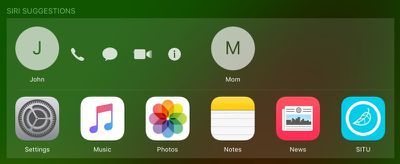
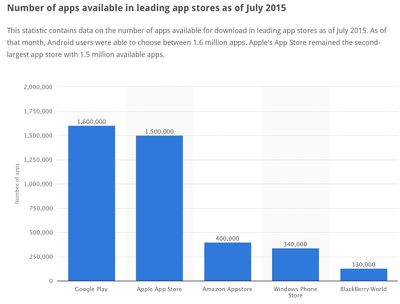

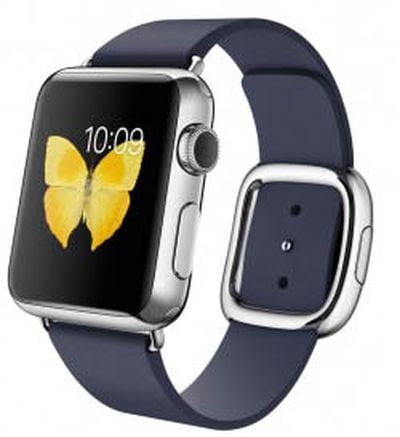 Apple today seeded the fifth watchOS 2 beta to developers for testing purposes, more than two weeks after seeding
Apple today seeded the fifth watchOS 2 beta to developers for testing purposes, more than two weeks after seeding 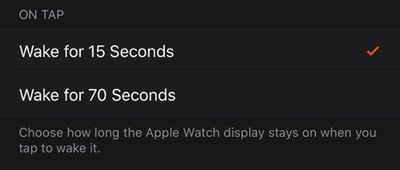
 In a new
In a new 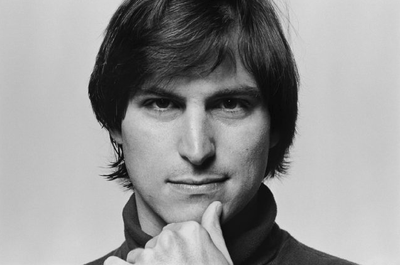

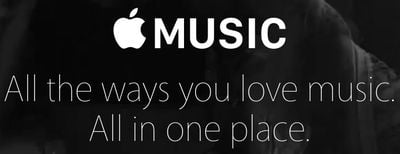
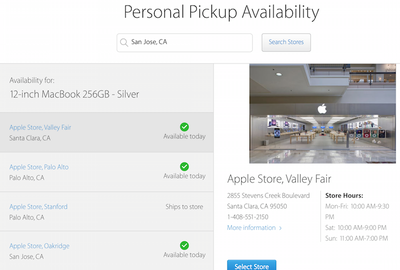
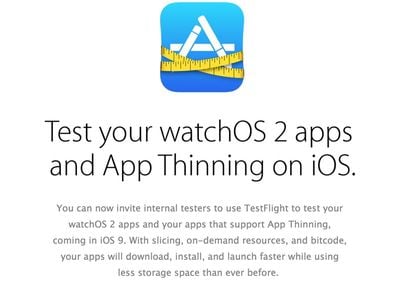
 Apple yesterday won a significant ruling against a group lawsuit filed by a former iPhone user who sued the Cupertino company after claiming that switching from an iPhone to an Android smartphone interfered with her receipt of text messages (via
Apple yesterday won a significant ruling against a group lawsuit filed by a former iPhone user who sued the Cupertino company after claiming that switching from an iPhone to an Android smartphone interfered with her receipt of text messages (via 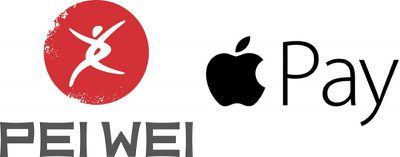
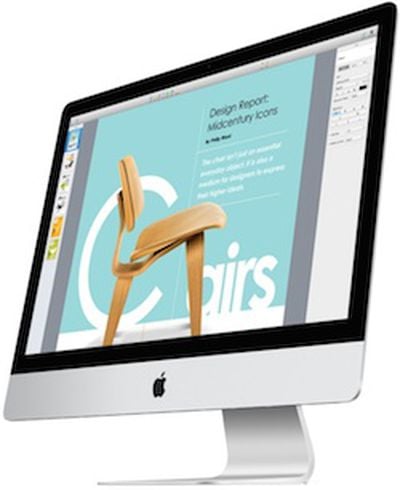 IBM today
IBM today 







